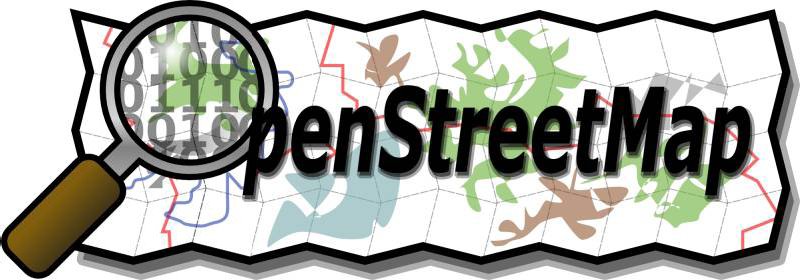We're really thrilled by the response to our iPhone app and the other apps using our routing.

What is also just as pleasing is seeing people discovering OpenStreetMap as a result, and saying that they're interested in getting involved. OpenStreetMap is the brilliant open data map that provides the data that CycleStreets and other projects use.
For those not familiar with OpenStreetMap: It's basically like a 'Wikipedia of maps' – anyone can contribute to it, and each such contribution is a valuable addition that adds to the collective knowledge of what exists, where. CycleStreets (and others) regularly take this data and import it into a compressed format that we then use to route over. We apply subjective scoring over this objective data in order to route you from A-B. Mobile apps springing up basically work by sending details of the required journey (i.e. start/finish points and type of journey, e.g. quiestest/fastest) to our service, and our data endpoint (called an 'API') returns the route solution.
So how can people get involved?
Starting with the most easy thing, a good way to start is by adding Points Of Interest (POIs) to the map. For instance, if a bike shop or a spot for cycle parking isn't present, you can go to the map and add it.
We've written a guide on How to add a bike shop to OpenStreetMap. Once you're used to the (currently) slightly quirky interface, it's very easy and addictive. And our friends in OpenStreetMap are busy working on a new-generation editing system (called Potlatch 2) which will make things even easier.
Another way of editing information in OpenStreetMap is MapZen, which is also available on iPhone. It certainly makes it nice and easy to add information to the map, especially on the move.
If you have a GPS device you can also go out mapping! Basically this involves cycling/walking around and obtaining a GPS trace from where you go, and recording on your journey things like street names, points of interest, information about the street itself (which is very important for cycle routing!) and so on. When you get home, you can use a tool such as JOSM (the Java OpenStreetMap editor) to straighten out the GPS traces, to enter the metadata you've collected, and then finally upload it to OpenStreetMap itself.
The OpenStreetMap Wiki is the gold mine of information about OSM and how you can take part. Over 300,000 people around the world already are involved, and we hope you'll join them.
Be warned, though, mapping is addictive!
We also feed back problems in the data, highlighted in route feedback we get, back into OpenStreetMap. We always need volunteers for this, and we are working on a better system for making this route feedback more accessible to people (currently our backend is rather poor).
Got some existing data?
Local Authorities and others may have existing data that they'd like to see CycleStreets use. To do this, they need to get this data into OpenStreetMap, not CycleStreets itself, so that everybody benefits.
A key issue is confirmation that other parties such as the Ordnance Survey do not have rights in the data. Secondly, you need to agree to the OpenStreetMap license, which basically gives other people the right to use the data, to share it, and to modify it. Of course, you also have the right to do these things with the modified data too.
The second issue is preparing the data in a suitable format. OpenStreetMap is a community of volunteers, and are quite rightly is wary of mass imports of data, because they often duplicate existing data that people have painstakingly collected on the ground, and such datasets are not always as up-to-date as a real survey. However, such data can be extremely useful as a prompt for where physical attributes exist, so that people can then pull across data from your dataset into the live OpenStreetMap data after manual observation.
An example of this is the new Bike Shop Locator tool which OSMers Shaun and Andy have written. This contains a great dataset of the 2,500+ independent bike shops in the UK. The tool provides a way of merging in this data, and we encourage people to do so, so that OpenStreetMap is as full-featured as possible.
Only this week, CycleStreets has received two offers of datasets, which we will respond to positively and refer to our OSM contacts. We are also seeking funding to channel money into creation/maintenance of tools for OpenStreetMap that enable such observational merging to be done more effortlessly.
If you have cycling-related data that you'd like to see included in OpenStreetMap – and therefore be used by CycleStreets – please do contact us and we can put you in touch with suitable people to help make things happen.
One thought to “OpenStreetMap – the data behind the apps”
Pingback: Tweets that mention CycleStreets » Blog -- Topsy.com